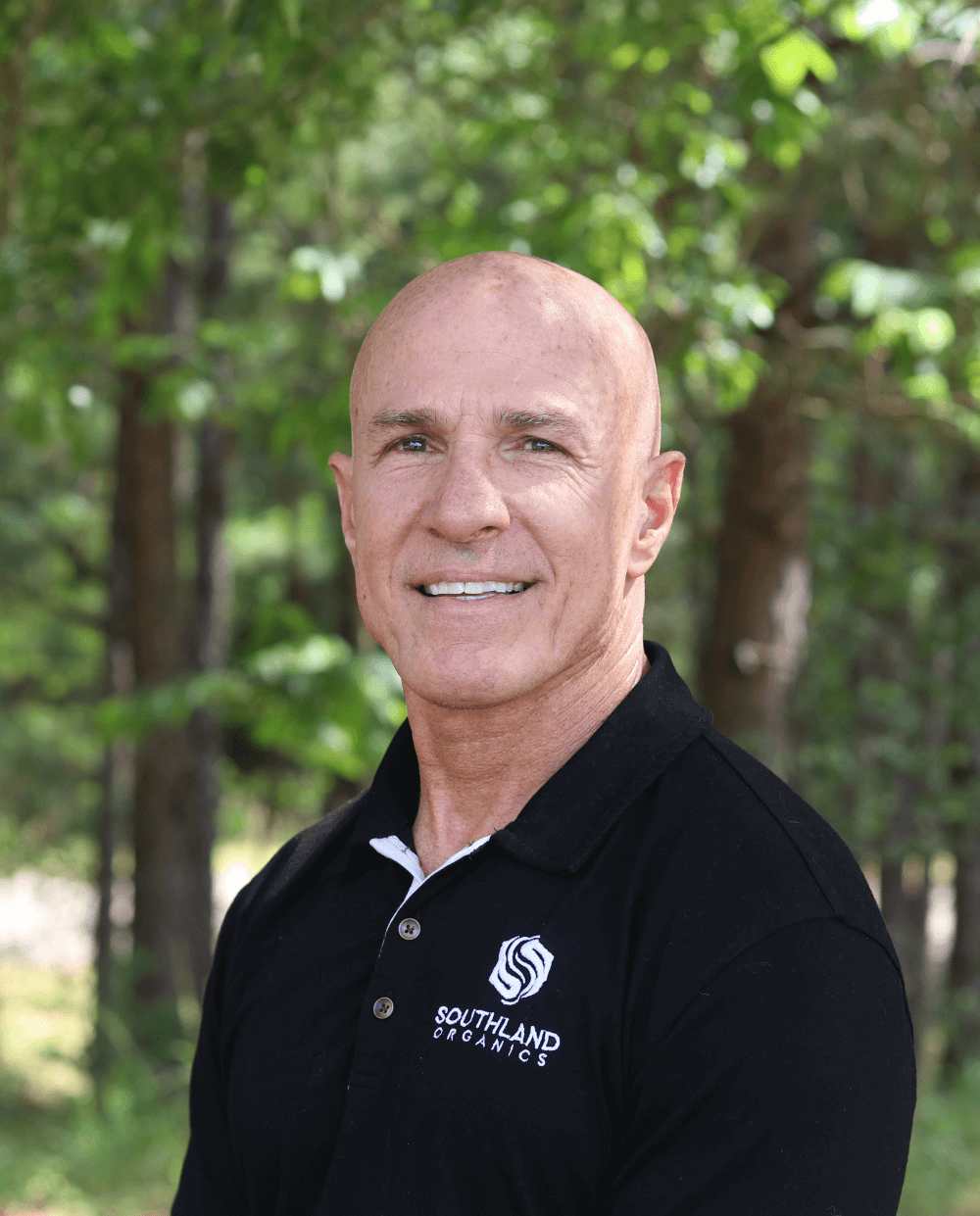Why Windrow?
If you windrow by choice or mandate, you may wonder if it really makes a difference, or maybe you have become curious with the growing popularity of the windrow method.
To kick off our four-video series on windrowing in commercial broiler poultry farming, let's talk about the specific type of bacteria responsible for wreaking havoc in your poultry house and then dive into the major benefits of the windrow method.
Definition of Windrow
windrow | noun
windrows
a row heaped up by or as if by the wind
windrow | verb
windrowed; windrowing; windrows
to form (something, such as hay) into a windrow
While the above Merriam-Webster definitions of the word "windrow" are broad, we'll zoom in to focus on poultry litter windrows for now.
Good Bacteria vs. Bad Bacteria 101
Above any other bacteria or virus, Clostridium is the culprit for the overwhelming hurdles that poultry farmers face. Necrotic enteritis, dermatitis, cellulitis and countless other problems find their root in Clostridium overgrowth. In the new poultry environment where antibiotics are off the table, it is important to control the molecular landscape of your poultry house by strengthening its natural defenses. This starts at the actual foundation—a healthy floor is a healthy bird.
Benefits of Windrowing
Windrowing can be an effective way to use litter to your benefit. Most importantly, windrowing kills the bad bacteria. By using a strategic application of temperature, proper depth, width and turning, you can use natural defenses to kill the bad bacteria, which are the root of your biggest problems. Windrowing also dries out litter, provides ammonia control and helps prepare your house for a new, healthy flock.
An Important Post-Windrow Step
With a clean slate, bad bacteria have free rein to take over again. For windrowing to have its full, lasting, positive impact, you must repopulate good bacteria. Repopulating good bacteria is the most important step and is often overlooked. It is essential to maintain a healthy floor overall with conditioned, fluffier and healthier litter.
Keys to Windrow Success, Part 1: Set Up
Our good friend and poultry farmer, Jason Jackson, takes us to ground zero with best practices for setting up windrows. Following these guidelines will prepare you for the next step in the windrow process, and you will be well on your way to winning the fight against bad bacteria.
If you’ve been in commercial poultry for more than a few weeks, you’ve likely heard of or been required to windrow in your house. It can take a lot of time and energy. Maybe you know what to do and have it down to a science, but you don’t quite know why you do it. That’s why we’re here.
When the poultry industry went antibiotic-free, a giant mess of problems arose from seemingly every layer of your house—from the floor to the birds to even the air you breathe. All of these problems find their roots in the same place: bad bacteria overgrowth. Windrowing helps annihilate the bad bacteria.
Windrowing is the first step in biosecurity of your house. Though it may seem tedious, when done consistently and correctly, annihilating bad bacteria begins the process of building a foundational firewall against all sorts of disease in your house.
Jason Jackson explains that the target temperature to kill bacteria is 135 degrees. Additionally, you should aim for your windrow piles to be 4 to 5 feet wide and 3 feet tall with a moisture content level of 30% to 35%. By using a strategic application of temperature, proper depth and width and correct moisture levels, your windrows will be set up for success. But, there are additional important steps for maximum bacteria annihilation.
Keys to Windrow Success, Part 2: Annihilate
Once your windrows are set up for success through balancing temperature, width, depth and moisture, it's time to turn your windrows to maximize bacteria annihilation. Turning can be done with a windrow turner or another piece of equipment.
When the core heat of a windrow pile peaks around 12 to 24 hours, it will slowly start to cool. Heat then begins to transfer from the center to the outside layer. You must turn the windrows from the outside to the inside three to four days after the initial formation to help ensure each part of the pile reaches the ideal annihilation temperature of 135 degrees. This allows you to kill the maximum amount of bacteria.
When constructing windrows, timing is essential. Completing a minimum of two heat cycles is recommended, but sometimes you will not have enough time to turn twice between flocks. Just remember to allow a few days for the litter to dry and ammonia to dissipate.
As good as maximum bacteria annihilation sounds, you have just gotten rid of the good bacteria with the bad bacteria. A clean slate is the perfect environment for bad bacteria to take over. That's why the next step is to repopulate the good, natural defenses (good bacteria!).
Keys to Windrow Success, Part 3: Repopulate
After you've properly set up and turned your windrows for maximum bacteria annihilation, the most important step comes next: to repopulate the good bacteria and secure your poultry house. Repopulation prevents the bad bacteria from returning and strengthens your poultry house all the way down to the molecular level.
Carbon to Nitrogen Ratio
The first step in repopulation is to achieve the right carbon to nitrogen ratio of about 25 to 1. Jason Jackson explains that this can be especially challenging because of the constant addition of nitrogen through the birds' droppings—but the closer you can get, the better.
To challenge the continual nitrogen flow, you need the right solution of active carbon. Litter Life consists of a biologically active carbon that accelerates decomposition of the litter and helps you achieve the right balance in your house.
Good Bacteria
Because windrowing wipes out both good and bad bacteria, you need to repopulate your foundation with natural defenses—good bacteria.
Litter Life packs a punch of good bacteria to repopulate your poultry house’s foundation. It is the final step in achieving a healthy floor.
Folks used to think that birds were grown from the top down with air and lighting as the top priorities. With this new poultry environment, we realize that to grow a healthy bird, we have to start from the ground up. With strong natural defenses, birds grow in a healthier environment, with less threat of disease, lower mortality and better performance. Don't forget—a healthy floor is a healthy bird!
Other Types of Windrows

Windrows can be found in settings beyond commercial poultry farms. Various types of windrows exist, including cut grain and hay windrows, snow windrows, maintenance or earth windrows, seaweed windrows and organic waste windrows.
Cut Grain and Hay Windrows
In crop farming, a swather cuts small grain crops and forms rows (windrows) of cut grain. To form hay windrows, a hay rake rakes hay into rows. A line of hay raked together is referred to as a hay windrow.
Snow Windrows
As the name suggests, snow windrows are piles of snow, which may be created by wind or equipment such as snow plows.
Maintenance or Earth Windrows
Formed by motor graders while grading earthworks or dirt roads, a maintenance windrow is essentially an accumulation of material left on the edge of the road, according to the Federal Highway Administration's Gravel Roads Construction & Maintenance Guide.
Seaweed Windrows
Created by a pattern of water movement called Langmuir circulation, seaweed windrows form on sea or lake surfaces.
Organic Waste Windrows
According to the U.S. Environmental Protection Agency (EPA), organic waste windrows are created through a type of composting in which organic waste, such as yard trimmings and other biodegradable waste, is formed into a compost pile (windrow) and aerated periodically.
Contact Us
If you need help with your poultry house windrows, the Southland Organics team is here to help. Connect with me at allen@southlandorganics.com or 800-608-3755. Remember to subscribe to our YouTube channel for tips on keeping your farm healthy!






